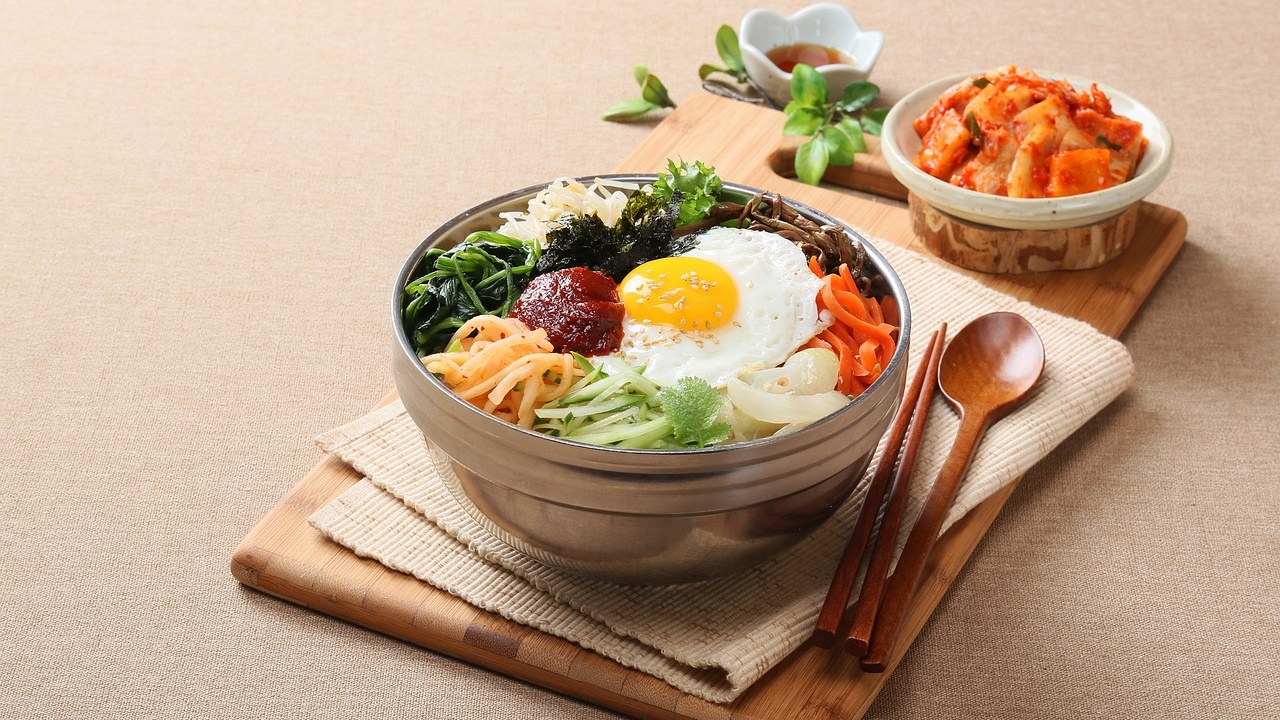Lives of Weeds, a book on the history of the relationship between weeds and humans, mentions that Americans developed strong herbicides to eradicate dandelions to keep their lawns impeccable. Why go to all that trouble? When you can just eat them? In Korea, tender dandelion leaves are picked and seasoned with soybean paste, made into kimchi or pickled in soy sauce. White dandelions, in particular, are known for their health benefits and made into herbal medicine or tea. All among us are small plants of little worth, like dandelions. For many, they are nothing more than pesky weeds. But for Koreans, they are namul, or edible greens and vegetables.

Namul signals a change in seasons in Korea. When shepherd’s purse (naengi) shows up in markets, we know winter is on its way out, and when we see aralia elata (dureup), we know spring has kicked into full swing. When the hot summer months roll in, we steam zucchini leaves to make wraps. The season for each namul runs short, so the clock is always ticking on your favorite namul. Rapeseed greens (yuchae namul), for example, are in season from February to April, and you must hurry if you want to enjoy it more than just once. And what about the winter months? No worries because the namul that were in season had already been blanched and dried (muk namul). The intensified fragrance, flavor and texture of muk namul more than make up for the lack of freshness.
There are various ways to eat namul. Usually, it’s blanched and seasoned with soybean paste or sesame oil. Namul varieties make great side dishes (banchan) but slap a few on top of rice with red chili paste (gochujang) and you have bibimbap, which is growing in popularity overseas. Namul is also great in soybean paste soups (doenjangguk). An ordinary pot of doenjangguk takes on a whole new life with the unique flavors and fragrance of shepherd’s purse, wild chives (dallae), or mugwort (ssuk). Gomchwi greens or pumpkin leaves can be simply steamed to make rice wraps with spicy paste sauce. Mugwort can be coated in rice flour and steamed or made into rice cakes. Dureup can be blanched, fried or made into fritters. From when the frozen ground begins to thaw until vegetable leaves become too tough to eat, all kinds of namul in all forms fill the table abundantly.
These days, much of namul is cultivated in fields or mountains. But for me, namul is something I hunt for when I venture outdoors with a paring knife and a wicker tray in hand. My first “hunting” experience was 40 years ago, the first spring after our family moved from Seoul to Chungcheong Province. Tagging along the neighborhood women, I eagerly uprooted shepherd’s purse and pulled off mugwort leaves. When we got thirsty, we nibbled on fruits packed in food carriers. I still remember the taste of canned pineapple I had that day, a real sweet treat during those times. That was also the day I tasted a dandelion for the first time. So bitter! I spit it out immediately. But that sharp bitterness is something I savor now. Time flies. And dandelions will soon be out of season in a blink of an eye. So I grab not a wicker tray but a reusable grocery bag and head out not to the fields but to the market. The hunt for namul begins.
Translator: Culture Flipper English Team
Original Content in Korean: cultureflipper.com/blog/the-dandelion-hunter-ko
Japanese Translation: cultureflipper.com/blog/the-dandelion-hunter-ja
